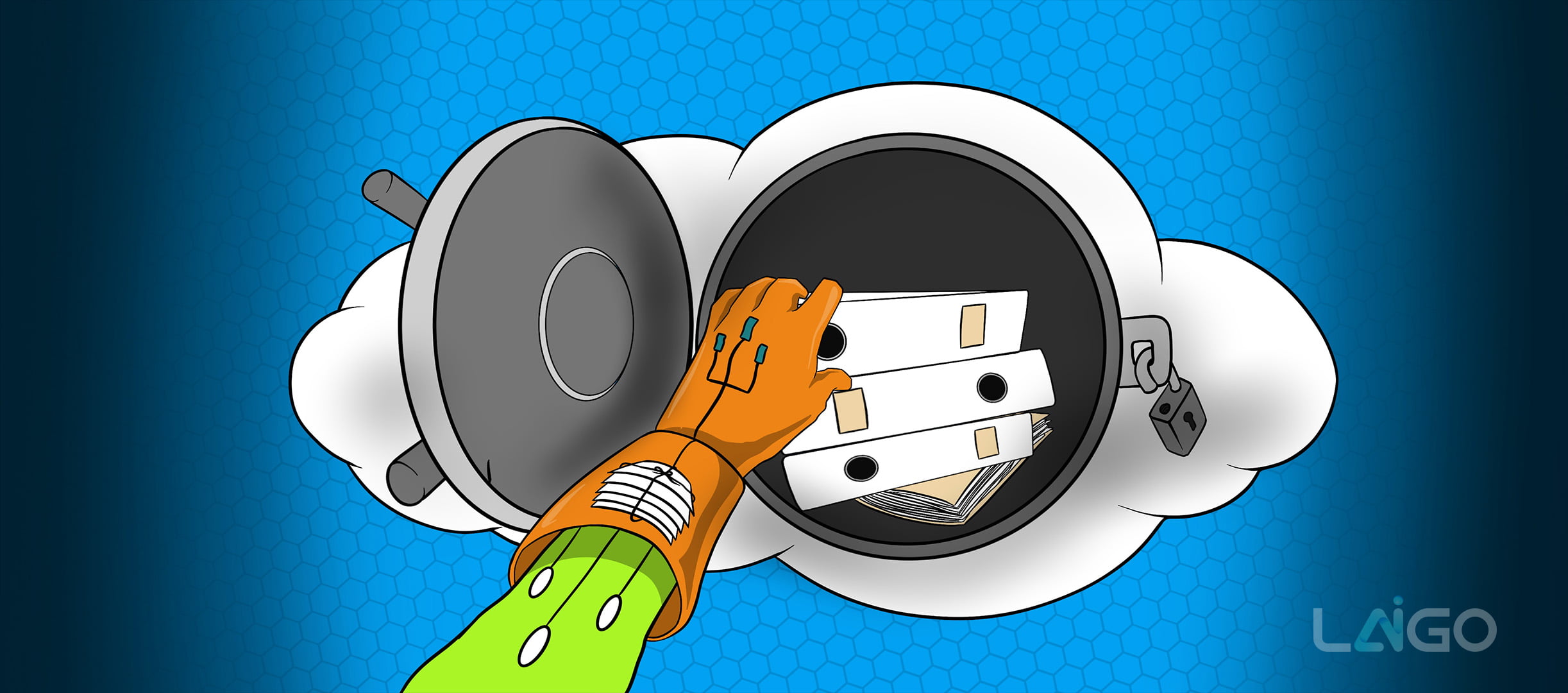Digital archiving has become a preferred method of document storage in companies and organizations. This practice involves archiving frequently accessed documents, as well as important contractual and other business-related documents that need to be stored due to legal regulations and may need to be presented if necessary.
Advantages of digital archiving:
- The shift towards digital archiving from traditional paper-based archives is due to numerous benefits:
- Digital documents require much less physical space than paper documents, which can save both space and costs associated with maintaining a paper archive.
- Many documents already exist in digital form, and can be stored and archived with manageable effort.
- Paper documents can be automatically scanned and read in the same data format as digital documents.
- All documents can be found quickly.
- Documents are always up-to-date, and changes to documents are traceable.
- Employees can access the documents immediately and from anywhere.
Preparing Documents for Digital Archiving
For documents to be easily retrieved from an archive, they must be stored in the “right place”. In the case of digital archiving, this means that each document must be labeled with metadata prior to archiving. This metadata is stored separately and refers to the respective document. The data describes the content of each document, such as transaction or project name, customer name, document type, creation date, and the responsible employee, etc. and must be captured according to a uniform system determined by the company. This makes it possible to search for specific documents, such as those related to a specific project, invoices for a customer, or a specific document number.
Machine instead of manual:
Metadata capture, i.e. the tagging or indexing of documents, is often done manually, especially in small businesses. However, manual data entry is time-consuming, labor-intensive, error-prone, and can be monotonous, making it a prime candidate for the use of artificial intelligence. It is not surprising that others have recognized this problem and developed solutions to automate the capture of documents, read their content and generate metadata. These solutions have been successfully used for years and are the foundation of the digital archiving revolution.
What AI can do better:
Even good and well-established solutions can be optimized. AI-based self-learning systems can significantly improve the efficiency of automated work processes and the quality of results. For data extraction and the classification and indexing of documents, these systems work based on pattern and feature recognition. They suggest to employees the classification and determination of information for metadata, and improve their work results continuously based on feedback. The documents can then be stored or archived with a comprehensive set of metadata. Additionally, the extracted data can be used in subsequent processes, such as accounting, to initiate optimization processes.
Conclusion
Documents in archives need to be retrievable, but preparing a document accordingly takes time and effort. Wherever there is a lot of repetitive manual work involved, artificial intelligence can optimize processes and results. Digital archiving is no exception. AI-supported solutions also surpass the results of conventional software solutions for data extraction and classification in terms of efficiency and quality of results and provide the perfect basis not only for findability, but also for automated further processing of documents.



